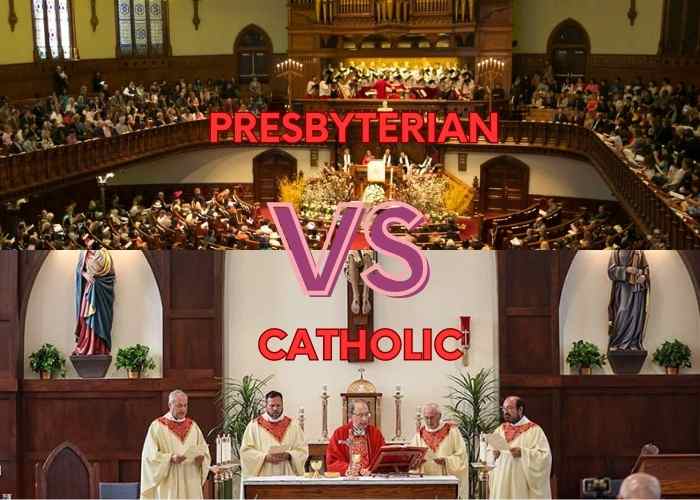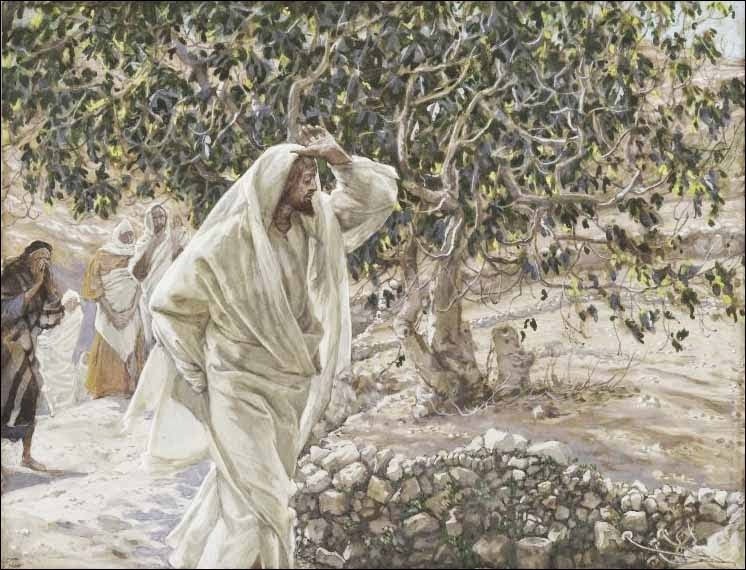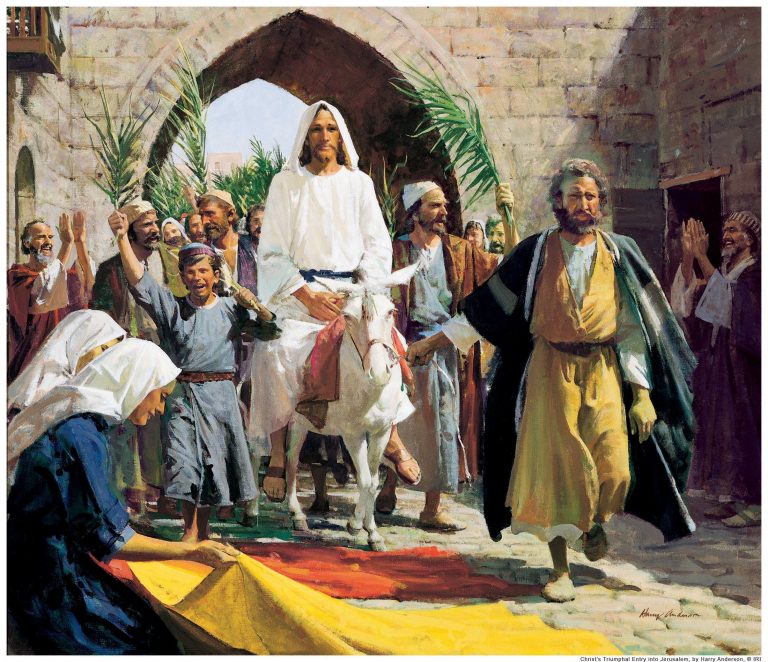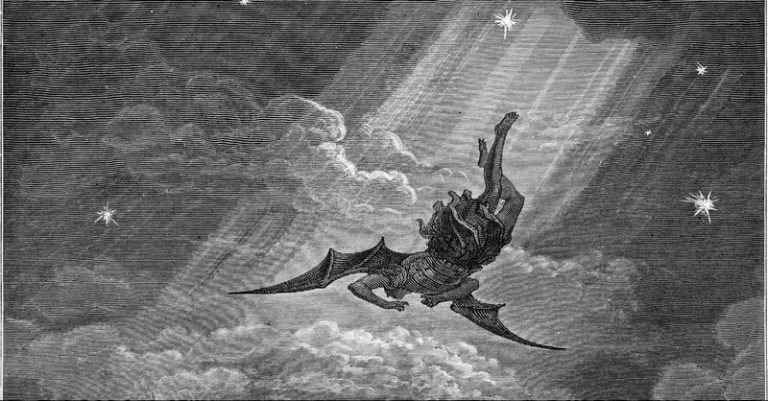Catholic vs Presbyterian: Understanding the Differences
Catholicism and Presbyterianism are two of the most prominent branches of Christianity, each with its own unique set of beliefs, practices, and traditions.
While both faiths are rooted in the teachings of Jesus Christ, they differ in their interpretation of scripture, organization, and worship practices. Understanding the differences between Catholicism and Presbyterianism can provide insights into the rich history and diversity of Christianity as a whole.
In this article, we will delve into the history, beliefs, and practices of both faiths to gain a better understanding of their similarities and differences.

History and Origins of Catholicism and Presbyterianism:
To understand the differences between Catholicism and Presbyterianism, it is essential to explore their origins and histories. Catholicism traces its roots back to the first century AD when Jesus Christ founded the Church.
Over time, the Church grew and spread throughout the world, becoming a dominant force in European society during the Middle Ages. In the early 16th century, the Protestant Reformation began, which resulted in the split of Christianity into different denominations. Catholicism continued to evolve, with significant changes taking place during the Second Vatican Council in the 1960s.
Presbyterianism, on the other hand, emerged in the 16th century during the Protestant Reformation. It was founded by John Calvin, a French theologian, and became a significant force in Scotland, where it was adopted as the state religion. Presbyterianism spread to other parts of Europe and later to North America, where it became one of the most popular denominations.
Understanding the historical context of these two faiths can provide insights into their beliefs and practices. In the following sections, we will explore the core beliefs and doctrines of Catholicism and Presbyterianism, as well as their worship practices, church hierarchy, and social views.
Beliefs and Doctrines:
Understanding the beliefs and doctrines of Catholicism and Presbyterianism is essential to comprehend the differences between these two faiths. While both faiths share a common foundation in Christianity, they differ in their interpretation of scripture, their views on salvation, and their beliefs about the role of the church hierarchy.
Catholic Beliefs and Doctrines
| Beliefs and Doctrines | Description |
|---|---|
| The Holy Trinity | The belief in the Father, Son, and Holy Spirit as one Godhead. |
| The Pope | The belief that the Pope is the head of the Church and the successor of Saint Peter. |
| Salvation | The belief that salvation is obtained through faith in Jesus Christ and good works. |
| The Sacraments | The belief in seven sacraments, including baptism, confirmation, and the Eucharist. |
| Mary | The belief in the Immaculate Conception of Mary and her role as the Mother of God. |
Presbyterian Beliefs and Doctrines
| Beliefs and Doctrines | Description |
|---|---|
| God | The belief in one God as the creator of the universe. |
| The Bible | The belief that the Bible is the inspired word of God and the ultimate authority on matters of faith and practice. |
| Salvation | The belief that salvation is obtained through faith in Jesus Christ alone. |
| The Sacraments | The belief in two sacraments, including baptism and the Lord’s Supper. |
| Predestination | The belief that God has predetermined the eternal destiny of every individual. |
One of the key differences between Catholicism and Presbyterianism is their view on the authority of the church hierarchy. Catholics believe that the Pope is the ultimate authority on matters of faith and morals, while Presbyterians believe in a democratic form of church government, where all members have an equal voice in decision-making.
Another difference is their view on salvation. Catholics believe that salvation is obtained through a combination of faith in Jesus Christ and good works, while Presbyterians believe in salvation through faith in Jesus Christ alone.
In the next sections, we will explore the worship practices and church hierarchy of Catholicism and Presbyterianism, as well as their views on social issues.
Worship and Practices:
The worship practices of Catholicism and Presbyterianism differ in their liturgy, sacraments, and forms of prayer. While both faiths share a commitment to worshiping God, they differ in their approach and form of worship.
Catholic Worship and Practices
- Liturgy: The Catholic Mass follows a set liturgy, including readings from the Bible, recitation of the Nicene Creed, and the Eucharist.
- Sacraments: Catholics recognize seven sacraments, including baptism, confirmation, the Eucharist, penance, anointing of the sick, holy orders, and marriage.
- Prayer: Catholics practice both public and private prayer, including the Rosary, Novenas, and devotion to saints.
Presbyterian Worship and Practices
- Liturgy: Presbyterian worship is typically less formal than Catholic worship, with more emphasis on preaching and teaching.
- Sacraments: Presbyterians recognize two sacraments, including baptism and the Lord’s Supper.
- Prayer: Presbyterians practice both public and private prayer, with an emphasis on extemporaneous prayer and prayer as a means of spiritual formation.
In addition to these practices, both faiths place a significant emphasis on the importance of community and service. Catholics emphasize the importance of the church community and its role in supporting its members, while Presbyterians emphasize the importance of social justice and serving others.
Understanding the differences in worship practices can provide insights into the cultural and social differences between Catholicism and Presbyterianism.
Church Hierarchy and Organization:
The organizational structure of the Catholic and Presbyterian churches differs significantly. While both faiths have a hierarchical structure, the degree of centralization varies, and the roles and responsibilities of leaders differ.
Catholic Church Hierarchy and Organization
- Pope: The Pope is the head of the Catholic Church and has ultimate authority in matters of faith and morals.
- Cardinals: Cardinals are high-ranking officials appointed by the Pope to serve as advisors and elect the next Pope.
- Bishops: Bishops oversee dioceses, which are geographic regions of the Church, and are responsible for the spiritual well-being of their flocks.
- Priests: Priests are responsible for leading Mass and administering the sacraments to parishioners.
Presbyterian Church Hierarchy and Organization
- Elders: Elders are elected members of the church who serve as spiritual leaders and have oversight of the church’s affairs.
- Deacons: Deacons are elected members of the church responsible for serving the needs of the congregation and community.
- Ministers: Ministers are ordained clergy responsible for preaching and teaching the Word of God.
Presbyterian churches have a more democratic form of government, with power distributed among elected elders and deacons. This structure reflects the Protestant emphasis on individual responsibility and decision-making.
Catholicism, on the other hand, places greater emphasis on the centralization of power in the Pope, cardinals, and bishops. The Catholic Church has a hierarchical structure, with the Pope at the top and local priests at the bottom.
Understanding the church hierarchy and organization of Catholicism and Presbyterianism can provide insights into how decisions are made, how power is distributed, and the role of leaders within each faith. In the next section, we will explore the social views and attitudes of these two faiths.
Social Issues:
Catholicism and Presbyterianism have distinct views on social issues such as abortion, homosexuality, and gender roles. These differences reflect the unique histories, beliefs, and values of each faith.
Abortion
- Catholicism: The Catholic Church opposes abortion, viewing it as the taking of innocent human life. This opposition is based on the belief that life begins at conception and that every human life is valuable and deserving of protection.
- Presbyterianism: The Presbyterian Church (USA) recognizes that abortion is a complex issue and encourages individuals to make informed decisions in consultation with their pastors, doctors, and loved ones.
Homosexuality
- Catholicism: The Catholic Church teaches that homosexual acts are morally wrong, but that individuals with same-sex attractions should be treated with compassion and respect. The Church also supports the traditional view of marriage as being between one man and one woman.
- Presbyterianism: The Presbyterian Church (USA) recognizes that there are differing views on homosexuality and encourages individuals to engage in respectful dialogue and prayerful discernment.
Gender Roles
- Catholicism: The Catholic Church teaches that men and women have different but complementary roles in the family and society. The Church supports traditional gender roles, with men as leaders and providers and women as caregivers and nurturers.
- Presbyterianism: The Presbyterian Church (USA) recognizes that there are diverse views on gender roles and encourages individuals to engage in respectful dialogue and prayerful discernment.
It is important to note that these views may vary among individual Catholics and Presbyterians, and there is often a diversity of thought within each faith.
Understanding the social views and attitudes of these two faiths can provide insights into their cultural and historical contexts, as well as their approaches to contemporary social issues.
Similarities between Catholicism and Presbyterianism:
While Catholicism and Presbyterianism have significant differences in their beliefs, practices, and organizational structures, there are also some key similarities.
Beliefs
- Trinity: Both Catholicism and Presbyterianism believe in the Trinity – one God in three persons – the Father, the Son, and the Holy Spirit.
- Salvation: Both faiths believe in salvation through faith in Jesus Christ.
- Sacraments: Both faiths recognize the importance of sacraments, although they may differ in the number and nature of the sacraments they observe.
Social Justice
- Both Catholicism and Presbyterianism have a strong tradition of social justice and advocate for the poor, marginalized, and oppressed.
History
- Both faiths have rich histories, with roots dating back centuries.
Education
- Both faiths place a strong emphasis on education, with Catholic and Presbyterian schools and universities around the world.
While these similarities may seem small compared to the differences between Catholicism and Presbyterianism, they are important reminders that despite their disagreements, both faiths share some fundamental beliefs and values.
Conclusion:
Catholicism and Presbyterianism are two of the largest and most influential Christian denominations in the world, with unique histories, beliefs, practices, and social attitudes. While there are significant differences between these two faiths, there are also some key similarities that reflect shared beliefs and values.
One of the most significant differences between Catholicism and Presbyterianism is their approach to authority and hierarchy. Catholicism is characterized by a strong central authority, while Presbyterianism emphasizes decentralized leadership and democratic decision-making.
Another important difference is in their approach to worship and practices. Catholicism places a great emphasis on the role of the priest and the sacraments, while Presbyterianism focuses on preaching and the importance of the community in worship.
In terms of social attitudes, Catholicism and Presbyterianism have distinct views on issues such as abortion, homosexuality, and gender roles. While these views reflect the unique histories and cultural contexts of each faith, they can also create tensions and divisions among believers.
Despite these differences, there are also some important similarities between Catholicism and Presbyterianism, such as their belief in the Trinity, salvation through faith in Jesus Christ, the importance of sacraments, and a strong tradition of social justice and advocacy for the poor and marginalized.
Ultimately, the differences and similarities between Catholicism and Presbyterianism are important to understand not only for those who practice these faiths, but also for anyone interested in the history and diversity of Christianity.
By exploring the beliefs, practices, and social attitudes of these two faiths, we can gain a deeper understanding of the complex and dynamic nature of religion and its role in shaping the world we live in today.

Sangtea Hmar is a passionate leader of the Youth Christian Fellowship at the Electric Vengthlang Presbyterian Church in Aizawl, Mizoram, India. He is the owner of Christiantone.com and is committed to spreading the word of God. He loves to mentor youth and help them grow in their faith.






